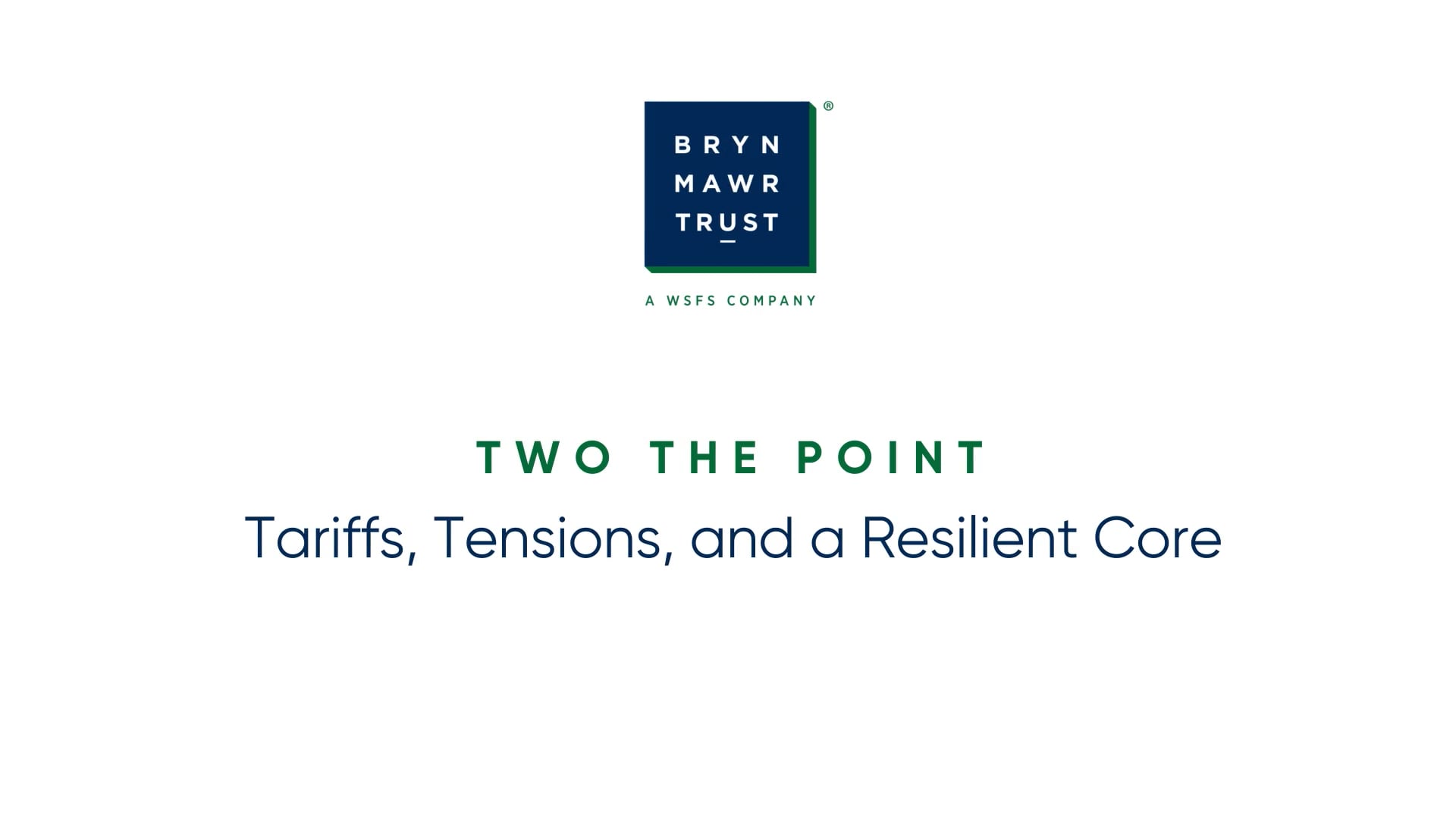Navigating Health Savings Accounts: Contributions, Coverage, and Retirement Benefits

Health Savings Accounts (HSAs) were established in the early 2000s to assist individuals enrolled in high-deductible health plans (HDHPs) in saving for current and future healthcare expenses. Since 2003, HSAs have grown in popularity for savings and qualified medical expenses. Contributions are deducted on a pre-tax basis directly from your paycheck, avoiding federal taxes on both the money invested and the growth of the investment. HSAs are exempt from state taxes except in California and New Jersey, where state taxes are still applied.
Here are tips on what you need to know for navigating HSAs.
What amount can I contribute to a Health Savings Account?
There are maximum contribution limits to consider when saving in an HSA, based on whether you are filing as an individual or under a family plan. The minimum deductible for an HDHP for 2024 is $1,600 for individuals and $3,200 for families. The maximum annual contribution is $4,150 for individuals and $8,300 for families1. It’s important to note that these maximum contribution limits and minimum deductible requirements include both individual and employer contributions, as set annually by the IRS.
How do Health Savings Accounts work?
HSAs function as savings or investment accounts, offering the ability to invest in mutual funds or other investments. A notable feature of HSAs is the ability to roll over unused assets to the following year. The money remains in your account for future use, even if you are no longer enrolled in an HDHP. HSA assets are portable if you leave your employer, allowing you to leave the assets in the previous employer’s plan, roll them over, transfer them to another HSA, or open a new HSA. Most HSAs provide a debit card or checkbook to pay for qualified expenses.
A key strategy is to treat your HSA like an investment account rather than just a spending account. Instead of withdrawing funds for minor medical expenses, cover these costs out of pocket and allow the HSA funds to grow tax-free. This can help build a significant balance that can be used later in retirement, when healthcare costs are typically higher. Incorporating an HSA into your overall retirement strategy, alongside traditional retirement accounts, and other savings provides additional financial security and flexibility, particularly as healthcare costs continue to rise. Optimize the tax benefits and ensure that your HSA is an integral part of your well-rounded retirement plan.
What do Health Savings Accounts cover?
HSAs cover a wide range of routine medical expenses, whether used now or in the future. These expenses include out-of-pocket medical costs before your deductible is met, copayments or coinsurance for medical, dental, and vision care, and medical treatments not covered by your insurance.
How can Health Savings Accounts be used in retirement?
To use HSAs most effectively in retirement planning, it is important to take a long-term view of both healthcare costs and the tax advantages of HSAs. One of the best strategies to consider is to maximize your HSA contributions each year. Triple tax benefits are hard to find. By contributing the maximum allowable amount, individuals and families can take advantage of the triple tax benefits—tax-deductible contributions, tax-free growth, and tax-free withdrawals for qualified medical expenses.
HSAs can also be used to save for retirement and pay for non-medical expenses without incurring the 20% federal tax penalty if you are over 65, although you will need to pay income taxes on these withdrawals. This means that your HSA can function like a 401(k) or an IRA plan. You’ll get tax deductions for contributions and the money will be able to grow tax-free until you retire. Those 55 and older can contribute an additional $1,000 as a catch-up contribution2. This is beneficial to make up for the years they did not save enough Services provided by medical practitioners, surgeons, and dentists are a few examples of medical expenses that are included.
HSAs may only be suitable for some. They might not be a good fit for those not enrolled in a high deductible plan, individuals with competing savings priorities such as an emergency fund, or younger individuals in good health who prefer to save money in a retirement account. However, for many, HSAs are an excellent option to address healthcare costs beyond what insurance covers. The ability to set aside tax-free money for medical bills, which grows tax-free with no time restrictions, allows people to access the funds when it is most advantageous for their specific circumstances. Regardless of your situation, an HSA can be a valuable benefit. Consult a financial advisor or a tax professional to determine if setting up and using an HSA for current medical expenses or using it as a retirement plan could benefit you.
Sources
1,2 HSA contribution limits 2024 and 2025 | Fidelity
This communication is provided by Bryn Mawr Capital Management (“BMCM” or “Firm”) for informational purposes only. Investing involves the risk of loss and investors should be prepared to bear potential losses. Past performance may not be indicative of future results and may have been impacted by events and economic conditions that will not prevail in the future. No portion of this commentary is to be construed as a solicitation to buy or sell a security or the provision of personalized investment, tax or legal advice. Certain information contained in this report is derived from sources that BMCM believes to be reliable; however, the Firm does not guarantee the accuracy or timeliness of such information and assumes no liability for any resulting damages.
Bryn Mawr Capital Management, LLC. is an SEC registered investment adviser and a subsidiary of WSFS Financial Corporation. Registration as an investment adviser does not imply a certain level of skill or training.



